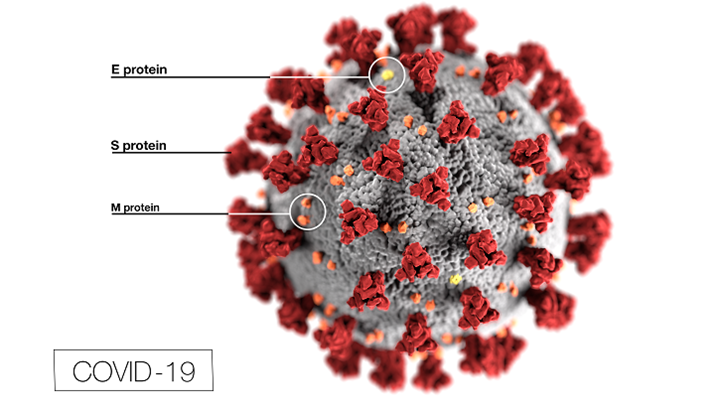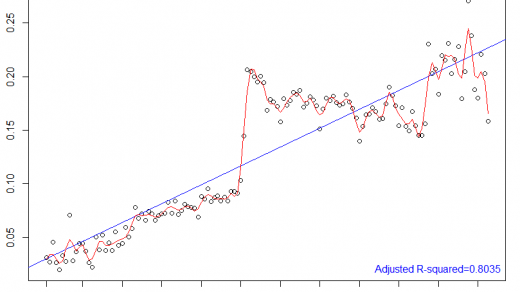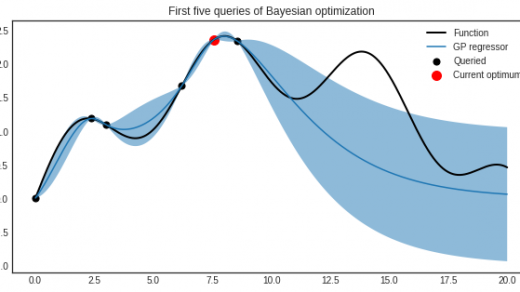The UK government announced an increase of at least three weeks in the lockdown period yesterday, a decision with which I fully agree. But as the lockdown is starting to take its toll on me, I figured a fruitful thought experiment would be to consider when it might end.
Given the scale of the pandemic, there is no shortage of information about it out there. Imperial College London’s Infectious Disease Centre, for example, has some excellent resources on COVID-19. Their ninth report [1] looks at how non-pharmaceutical measures (social distancing through full lockdown) affect the spread of the coronavirus. While there has been a month’s worth of data since this report, the insight is still valuable.
Analyses such as these are the reason why lockdowns are in force across the world in the first place. Even with all mitigation strategies (case isolation, home quarantine of people coming into contact with suspected carriers and social distancing of people over 70), the Imperial team found that NHS would be completely overwhelmed with cases — see the plot below.
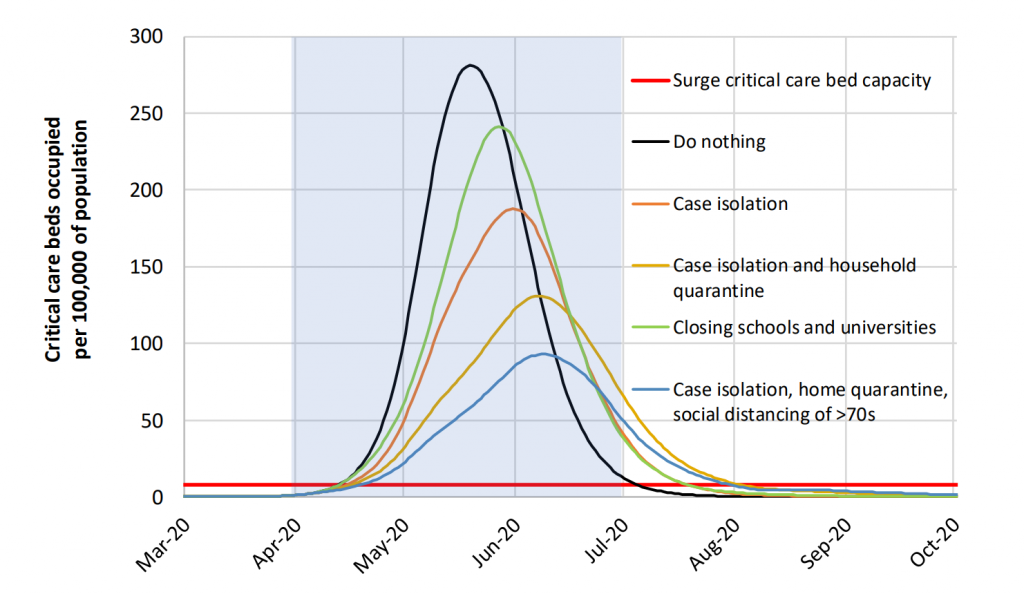
The only option to contain the spread is to use more aggressive suppression strategies: social distancing for the whole population, school and university closure, up to total lockdown. Implementing the first two is predicted to reduce the reproductive rate of the virus below 1, so the epidemic slowly dies out — green line in the plot below, over the shaded area.
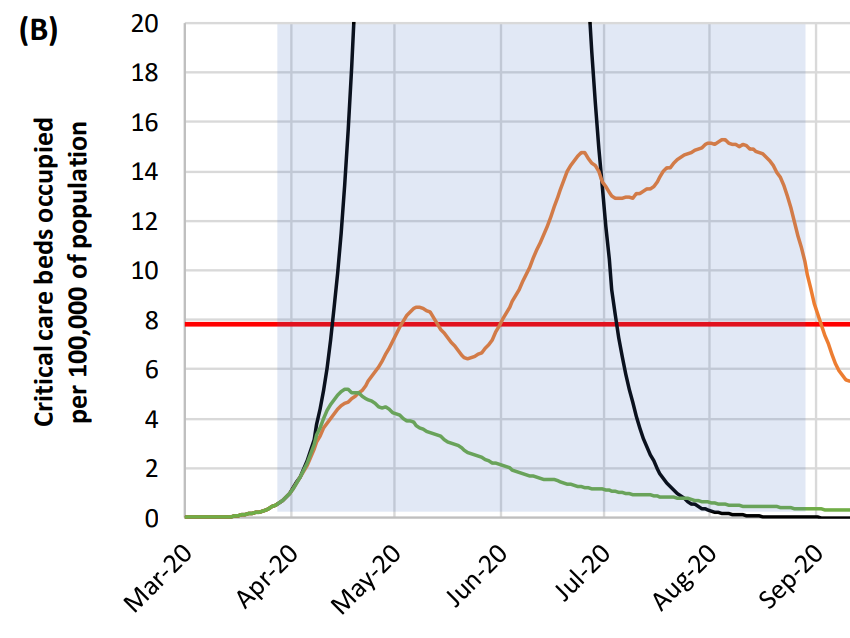
Suppression strategies work well, but the problem is they need to be maintained until a vaccine is available. Lifting lockdown completely in September would relapse with exponential growth, with emergency room capacity being exceeded in less than two months. The zoomed out plot tells the story.

Current estimates put a vaccine a year and a half away, and maintaining continuous lockdown for so long is definitely infeasible. Alternatively, the Imperial team show that adaptively triggering suppression strategies whenever the reproductive rate becomes too high is a valid tactic, with three-month lockdowns interweaved with periods of fewer restriction.
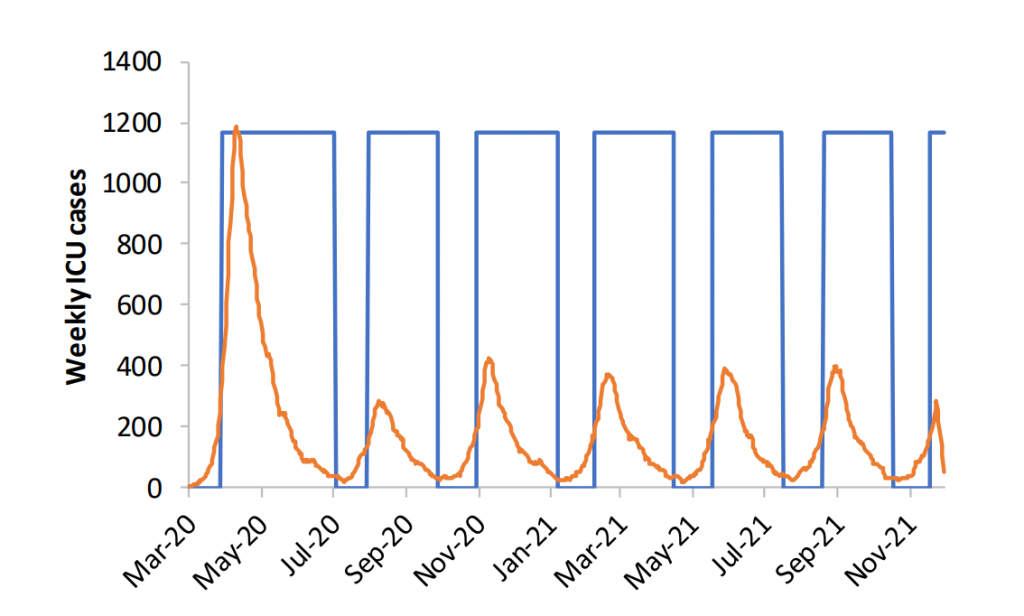
Given all this, it looks like “When will the UK lift its lockdown?” is more of a loaded question than you first might think, and the answer might simply be “When we have a vaccine”. If I were to put money on this though, I’d say having on-and-off lockdowns is probably the strategy to be had. In which case, I’d expect the first wave to last three months and end late June. Here’s to celebrating my 24th outside the house.
Further reading
[1] Neil M Ferguson et al, Report 9: Impact of non-pharmaceutical interventions (NPIs) to reduce COVID-19 mortality and healthcare demand, Imperial College London, 16 March 2020
